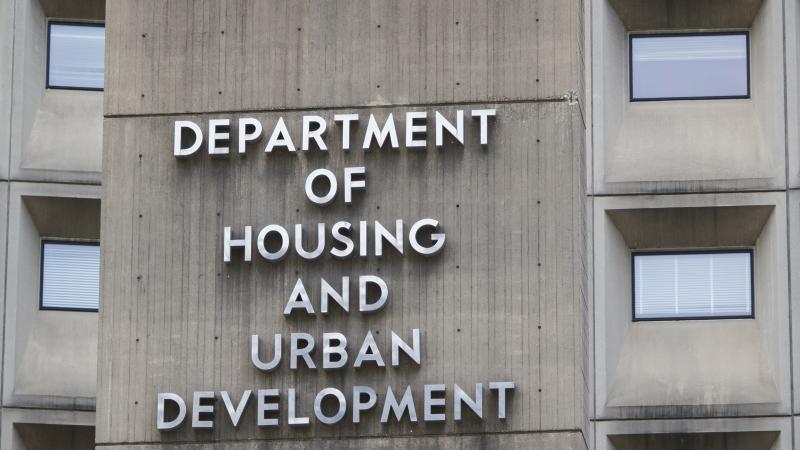China’s mineral ban highlights the problem of Chinese control, as companies, experts seek solutions
China's chokehold on strategic minerals: The U.S. consumed an estimated 19 metric tons of gallium and 30 metric tons of germanium in 2023. That total amount could be held by less than two semi trucks.
China’s dominance of critical mineral chains has been a concern as governments, including the U.S., sought to advance an energy transition away from fossil fuels. Those concerns came to bear last week when China announced it was banning the export of gallium, germanium and antimony. The move was a tit-for-tat response to the Biden administration crackdown on China’s semiconductor industry, which curbed exports to 140 companies.
The minerals China is refusing to export have a variety of consumer and strategic military applications. Besides being used in bullets, missiles, nuclear weapons, and night-vision goggles, energy expert Robert Bryce explains on his Substack, it’s also used in lead-acid batteries and as a flame retardant. Gallium is used in electronics and semiconductors, and germanium is used in fiber optics, solar cells, and light emitting diodes (LED).
David Hammond, a mineral economist with decades of experience as a mining consultant, told Just the News that when you look at how much the U.S. needs to satisfy its demand, there are ways to address the problem.
Ramping up
The news of the ban was welcomed by U.S. mine developers, including Perpetua Resources. The company announced Monday it signed a non-binding agreement with Sunshine Silver Mining and Refining to explore the possibility of processing antimony from the Stibnite antimony and gold project at the Sunshine Mine Complex in Idaho.
As energy analyst David Blackmon explains on his “Energy Transition Absurdities” Substack, the Stibnite mine was established as a gold mining operation in 1927. A large reserve of antimony was later discovered there, and it supplied 90% of the mineral used in the production of tungsten steel, for the U.S. military in World War II. Production gradually declined following the war, and the mine was mothballed in 1996.
According to the Perpetua announcement, a revived Stibnite operation could satisfy 40% of U.S. domestic antimony demand, and the company expects to receive the permits to reopen the mine by year's-end.
Debra Struhsacker, hardrock mining policy expert, and Sarah Montalbano with the Center for the American experiment, published a report in October characterizing the Biden administration’s rules as "obstructionist" that have impeded the development of mining, as well as the serious permitting hurdles that mines have to go through to reach production. The report argues that Congress needs to act to improve the permitting process to be faster and “limit obstructionists’ routine use of the judicial system to challenge agencies’ permitting decisions.”
While a Trump administration, with North Dakota Gov. Doug Burgum leading the Interior Department, wouldn’t likely engage in the rulemaking that killed a number of mining projects under the Biden administration, there are still a number of economic barriers, as well as lawfare efforts of environmentalists, which may limit what President-elect Donald Trump can do for the mining industry.
How far permitting reform will go, even in a Republican-controlled Congress, is uncertain. As Bryce reports, while permitting reform has bipartisan support and endorsements from business groups, well-funded environmental groups will fight it. In July, 360 nonprofits led by Earthjustice sent letters urging the Senate to reject the effort, which they say is a “wishlist of the fossil fuel industry.”
The Stibnite project has faced opposition from local environmental groups, but due to the importance of antimony to the military, permitting may be expedited and the restarting approved very soon, according to a group of analyst who publish under the name "Doomberg." The Idaho Capital Sun reported in September that the U.S. Forest Service had issued a draft approval of the company to resume operations.
Put in perspective
Hammond, the mineral economist said that, despite all these challenges, the sky isn’t falling. He points out that the total amount of these minerals is really quite small. In 2022, the U.S. consumed 25,000 tons of antimony, representing 25% of global usage. That would fit on a single Panamax bulk carrier shipping freighter. Hammond said that’s sizable but minor compared to other critical minerals. For example, in 2023, the U.S. consumed an estimated 1.8 million tons of copper.
Citing USDA figures, Hammond said the U.S. consumed an estimated 19 metric tons of gallium and 30 metric tons of germanium in 2023. That total amount could fit into two semi trucks. Hammond said antimony, unlike gallium and germanium, doesn’t occur as a byproduct of other mineral processing. Gallium and germanium can be recovered from zinc refining.
An antimony mine like Stibnite, Hammond explained, as with any critical mineral operation in the U.S., would always be at risk of China undercutting the global market price by flooding the market or selling their own products at a loss. Likewise, the risks involved with investments in developing mines for small demands don’t make them attractive to mining firms.
However, he said, in the interest of national security, the U.S. could secure an entire year’s supply of gallium, at $1000 per kilogram, for $19 million. He said for double or triple that price the mineral could be acquired through back channels to avoid Chinese bans.
“The DOD could procure all they need via the Mexican cartels and their Chinese trading partners, or from other questionable global supply chains, without breaking into a sweat,” Hammond said. A year’s supply of germanium would cost around $60 million. With the antimony, the total cost would be around $200 million per year.
“What percentage of the DOD budget would that be?” Hammond asked rhetorically. The answer is 0.02%.
Hammond said that the federal government could, for less than purchasing the supplies outright, also create a guaranteed price for producers of these small-demand critical minerals, which would overcome the risk these investments face when China can waste the global market at any moment.
China’s control of the critical minerals market creates a number of problems, and as the Center for the American Experiment report argues, it’s a problem that Congress and the Trump administration should try to address. According to Hammond, however, China’s ban on these three critical minerals isn’t the most pressing issue.
The Facts Inside Our Reporter's Notebook
Links
- announced it was banning
- crackdown
- energy expert Robert Bryce explains
- Gallium
- news of the ban was welcomed by U.S. mine developers
- announced Monday
- antimony
- Energy Transition Absurdities
- published a report in October
- will limit what President-elect Donald Trump can do
- endorsements from business groups
- wishlist of the fossil fuel industry
- faced opposition from local environmental groups
- Doomberg
- Idaho Capital Sun reported
- draft approval
- single Panamax bulk carrier
- 1.8 million tons of copper
- undercutting the global market price
- The answer is 0.02%
















